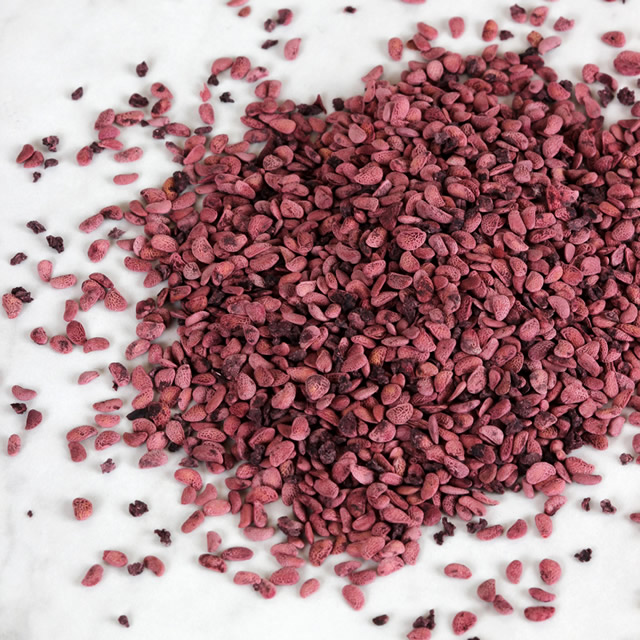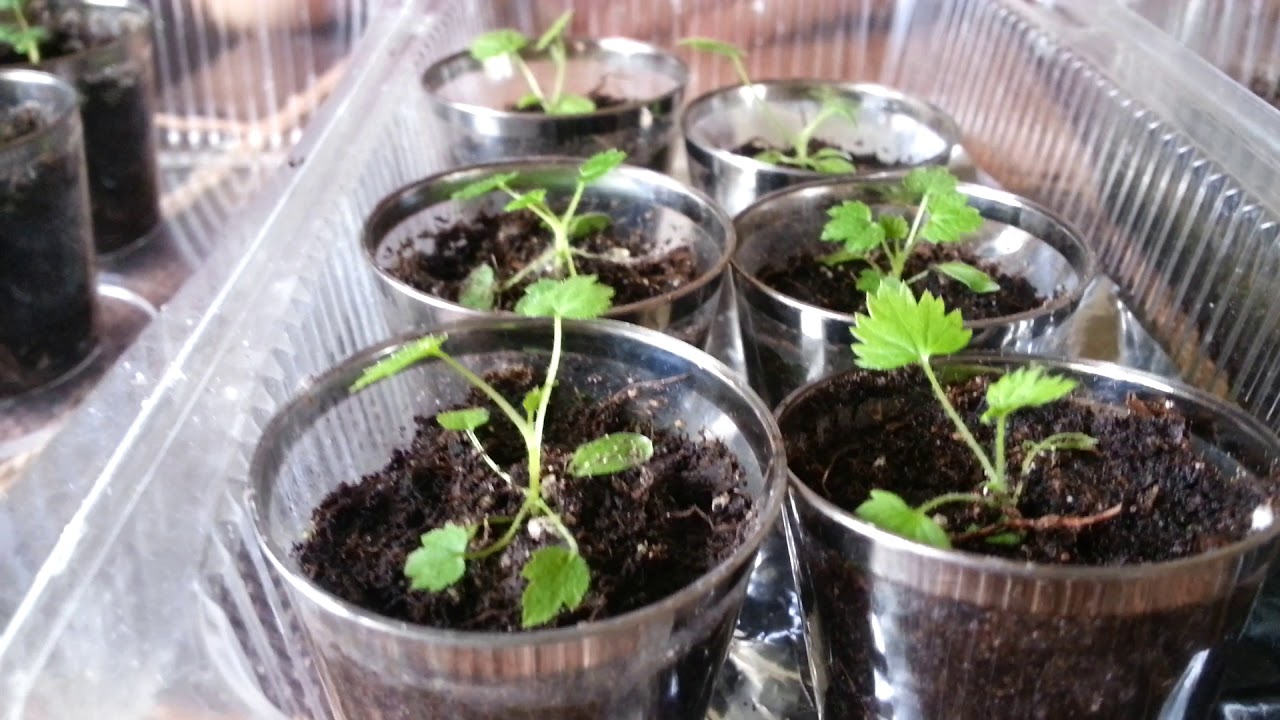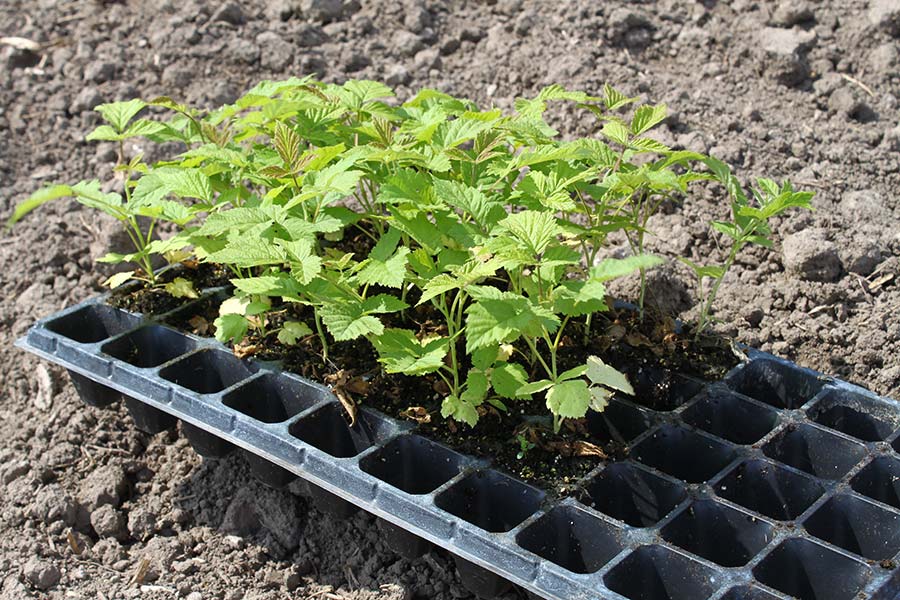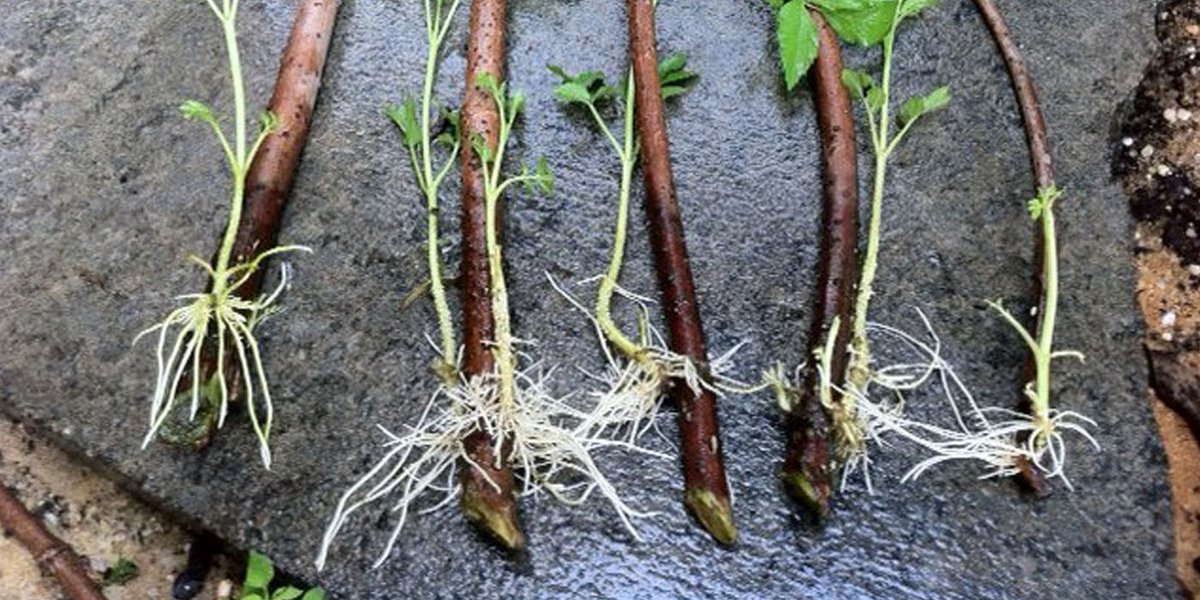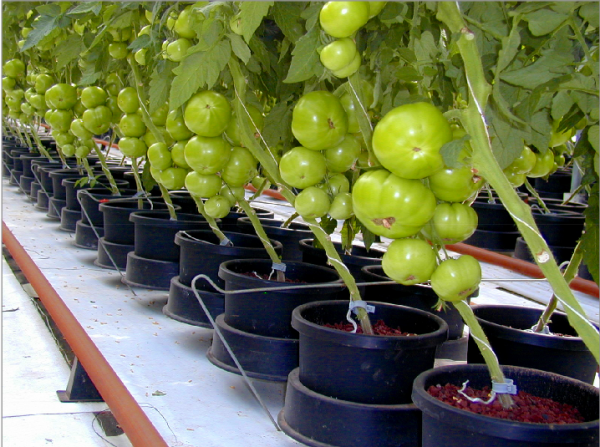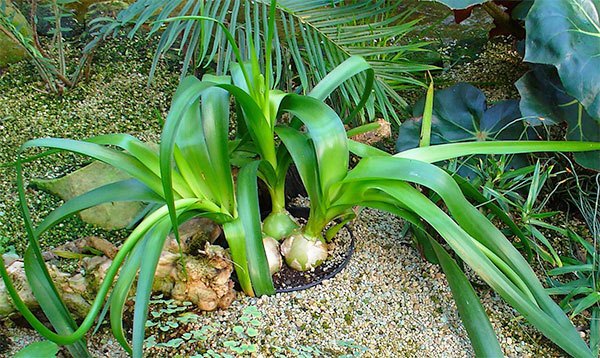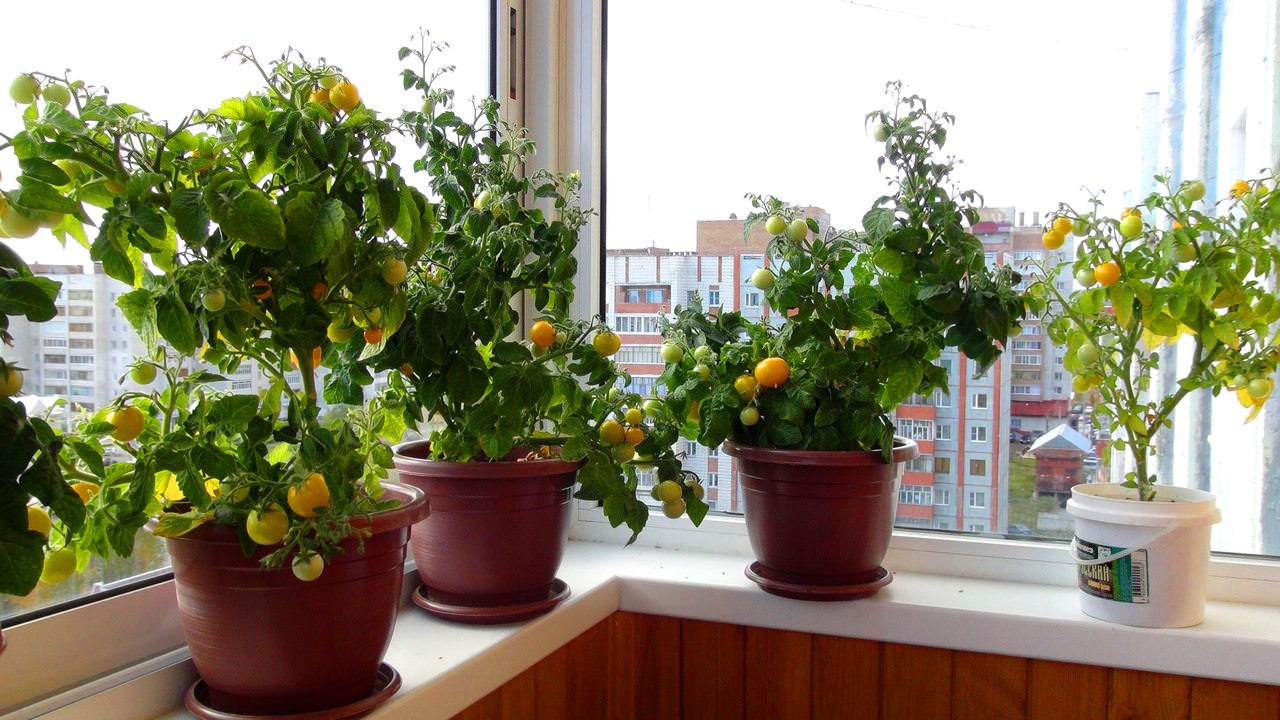Content:
Raspberry is a tasty and healthy berry grown in all regions of Russia. Gardeners have the opportunity to choose the desired variety for growing berries on the site. When choosing, they are guided by the size and taste characteristics of raspberries, requirements for soil, climate, plant care features. How to grow raspberries from seeds at home, which varieties to choose, tips for planting seedlings in a permanent place, are presented in the text of the article.
The best varieties
Raspberries can be grown in any regions of Russia. You should choose the right variety that is recommended for a particular area. The cultivation of berry crops largely depends on climatic conditions and soil composition.
Gardeners prefer to breed large-fruited dessert varieties of raspberries.
It is necessary to choose a berry according to several criteria:
- Ripening period;
- Fruiting period;
- Productivity;
- Requirements for weather and soil.
For the middle lane and southern regions, varieties are suitable:
- Polka;
- Hercules;
- Primara.
In the northern regions and Siberia, a remontant variety is suitable for breeding - raspberry Bryansk tree.
Ideal for temperate climates:
- Beauty of Russia;
- Orange miracle;
- The yellow giant.
For regions with a temperate climate, cultivation from raspberry seeds, the Red Ruby variety, is suitable. These varieties are bred for home use and sale. The berries have good transportability. The salable appearance lasts up to 5 days.
How to choose seeds for planting
Knowing how you can grow raspberries from seeds, you can breed any variety you like on the garden plot, even from berries purchased in a store. You can grow raspberries from seeds at home. The successful cultivation of raspberries depends on the quality of the selected seeds.
You can buy raspberry seeds in nurseries, specialty shops for the garden. You can search for seeds online by visiting the website. The online store offers the opportunity to choose any variety and study its characteristics. You can prepare seeds from ripe berries yourself.
When collecting seeds from berries, it is important to consider the rules:
- Collect overripe berries from a healthy bush. Examine them carefully. They must look good, no visible damage to the pulp, worms and larvae is allowed;
- Juice must be removed from the harvested berries. To do this, you can put them on cheesecloth and squeeze well;
- Put the squeezed mixture into a glass of water, stir. Some seeds may float. They are not suitable for growing, you need to immediately catch them and throw them away;
- Drain the water, squeeze out the remaining seeds. Put on dry gauze and put to dry in a ventilated place without direct sunlight.
On a note. The seeds cannot be overdried. A small percentage of moisture should remain in them.
Landing rules
To plant prepared seeds, you will need a shallow pot. The recommended time for sowing is late February or early March.
Instructions on how to plant raspberry seeds at home:
- Take a container up to 15 cm deep. Sprouted seeds can be sown in separate pots;
- To germinate seeds, you need to place them on damp gauze for several days. So you can immediately get rid of unusable seeds for growing;
- Prepare a mixture of soil, sand and peat. You must mix them in equal amounts;
- Place the sprouted seed in a container, plant each seed in the prepared mixture to a depth of 0.5 cm;
- Place the pots or container in a bright place, but not in direct sunlight. Make sure that the soil is always moist. It is recommended to water the seeds 2 times a week;
- Every 10-12 days, fertilize by adding a weak urea solution to the soil;
- When the sprouts germinate, wait for 2-4 leaves to appear, and the sprout can be planted on a prepared bed for raspberries.
On a note. If the seeds have been sown frequently, then before planting it is recommended to make a dive into separate pots, so it is easier to grow them.
Planting seedlings in a raspberry
An important factor in the normal development of young seedlings is the correct planting site. The suburban area should be with fertile soil, the optimal level of acidity of the land is neutral.
You need to choose a place that is sunny and calm. Seedlings are planted in the beds in the spring, when the air temperature warms up to 15-18 degrees.
Step-by-step actions when planting seedlings:
- Dig the required number of holes. Add fertilizer to them. For this you can take 100 g of ash and 100 g of humus;
- It is good to moisten the container containing the seedlings. The trick is that the more soil remains on the roots, the faster the raspberry will take root;
- Carefully remove the seedlings from the container (pots), place in the middle of the hole. Sprinkle the empty space with earth, tamp it with your hands, pour water over the hole;
- The distance between the sprouts must be at least 15 cm;
- In order for the seedlings to take root in a new place after spring planting, it is recommended to sprinkle the ground around the holes with a layer of mulch. For this, you can use sawdust;
- If frosts are expected, then cover the seedlings. A small greenhouse can be built over the seedlings.
When the seedlings take root, the land must be regularly watered and fed. For better aeration, the soil is loosened and weeded. Loosening is carried out to a depth of 3-5 cm. After that, the hole must be watered.
Autumn sowing
Sow raspberry seeds directly into the ground in the fall. Be sure to fertilize them with rotted manure. Seeds overwinter dormant in the ground. In the spring, after the soil begins to warm up, the embryos awaken. This method is preferable due to natural stratification.
Young shoots begin to appear in the spring. The raspberries are covered with foil so that the seedlings do not die from frost. In mid-July, the shoots must be pinned, so the raspberry bush will grow more dense. A support is installed to support the branches. These raspberries begin to bloom the next season.
Pros of planting seeds in autumn:
- The ability to immediately sow seeds in the ground to a permanent place;
- Saplings are not injured by additional transplants;
- Saving time and space that would be spent caring for seedlings at home;
- Tempering the plant naturally, only healthy and strong seeds survive.
The disadvantages of sowing seeds in the ground in the fall include:
- Spring frosts - there is a risk that young seedlings will die without shelter;
- Seeds are susceptible to pests in the soil;
- A smaller percentage of seeds passes through natural selection than when planting at home in a container.
When choosing a season for planting seeds, the climatic features of the region are taken into account.
Care
After planting young sprouts in a permanent place, they need special care for the first two seasons. The gardener must make sure that the soil remains moist; in hot weather, the amount of watering increases.
The land is loosened, fed with organic fertilizers. For this, rotted manure, compost, ash are used. Organic matter favorably affects the composition of the soil, increases fertility, and is considered an environmentally friendly product.
It is imperative to get rid of weeds in a timely manner - they can prevent the young plant from developing normally and ruin the raspberry bushes. Plus, weeding the beds is a natural way to aerate the soil.
Before flowering, raspberries are treated with Iskra DE (1 tablet per 10 liters of water), for each bush 1-1.5 liters.
Grown raspberry seedlings need thinning and rejuvenating pruning. The procedure is carried out in the spring or autumn.
In the spring, after the buds have swollen, twigs are visible that will not bear fruit. They must be removed with pruning shears or garden shears. Thinning of the branches is necessary so that the bush does not grow spontaneously and does not clog the garden with unnecessary and unnecessary shoots.
It is recommended to tie the seedlings to the trellis. Two or more pegs are installed, a rope is pulled between them in several rows and raspberry branches are tied to the rope. This saves the harvest.
Reproduction
After the raspberry tree has grown, it can be propagated in several ways.
The simplest methods:
- Offspring. Every season, offspring appear around the raspberry bushes. These are small bushes that form on the roots of a plant from adventitious buds. Seedlings are considered high-quality planting material, they easily take root in a new place. They can be planted separately from the third decade of May to the second decade of June. They should grow up to 15-20 cm in length. Landing is done with a lump of earth. The roots are not removed after the bush has been dug out for planting;
- Cuttings. The healthy shoots that remain after thinning pruning are useful for breeding raspberries. In May, you need to cut the cuttings of 15 cm. Each branch should have up to 4 buds with leaves. Put the trim in a special solution (Heteroauxin) overnight. Then plant in a moist peat substrate. Rooting lasts up to 30 days;
- Division of the bush. The method is recommended for reproduction of a valuable raspberry variety with a small number of offspring. An adult bush is divided into 5 parts. Each new bush should have healthy roots and at least 3 healthy shoots. This method is carried out in the spring.
It is possible to grow raspberries from seeds at home if you follow simple tips, starting from the choice of seeds, ending with planting seedlings and caring for the seedlings. The seed method of reproduction is within the power of novice gardeners. Paying due attention, you can get a large harvest of your favorite delicious berries every year from raspberries.
